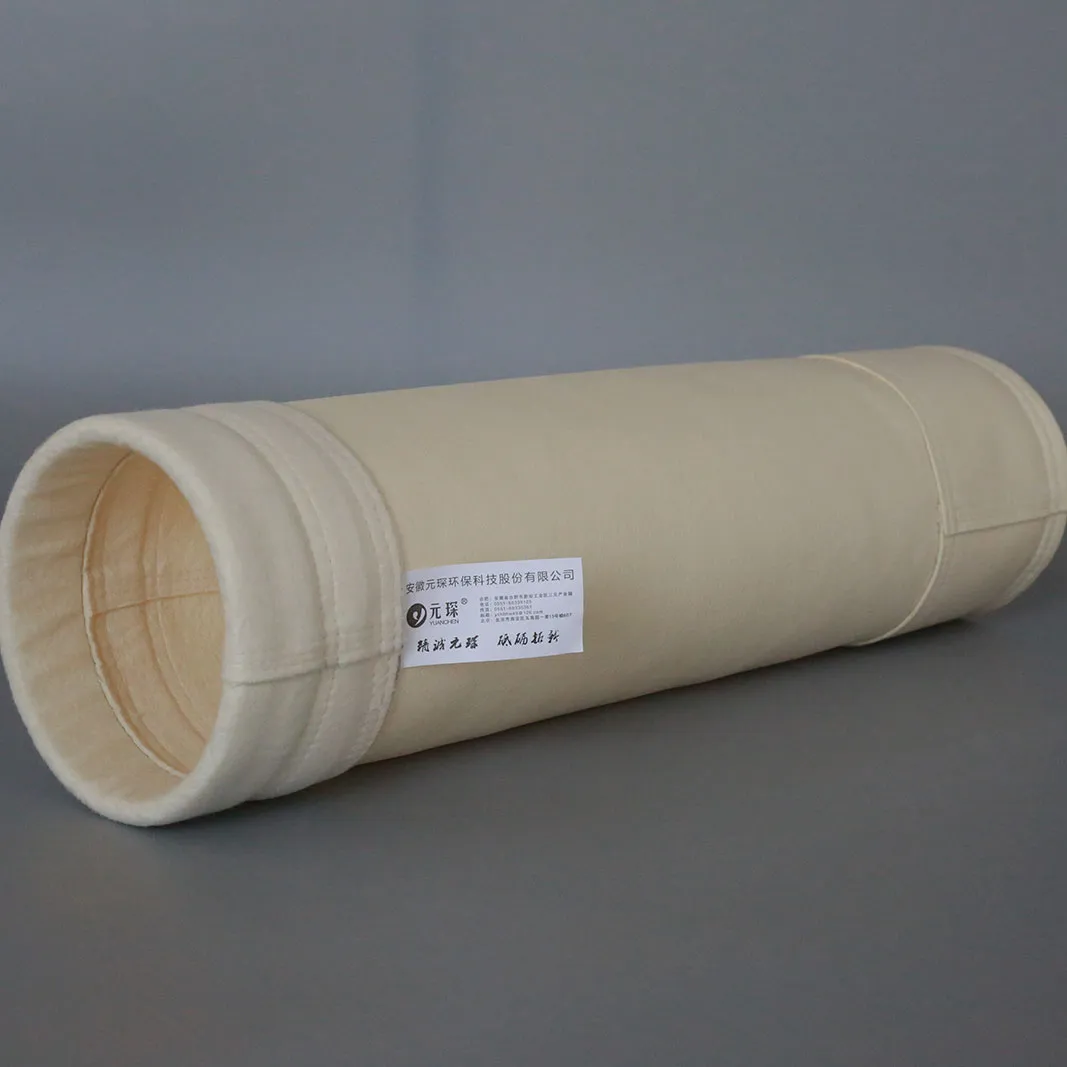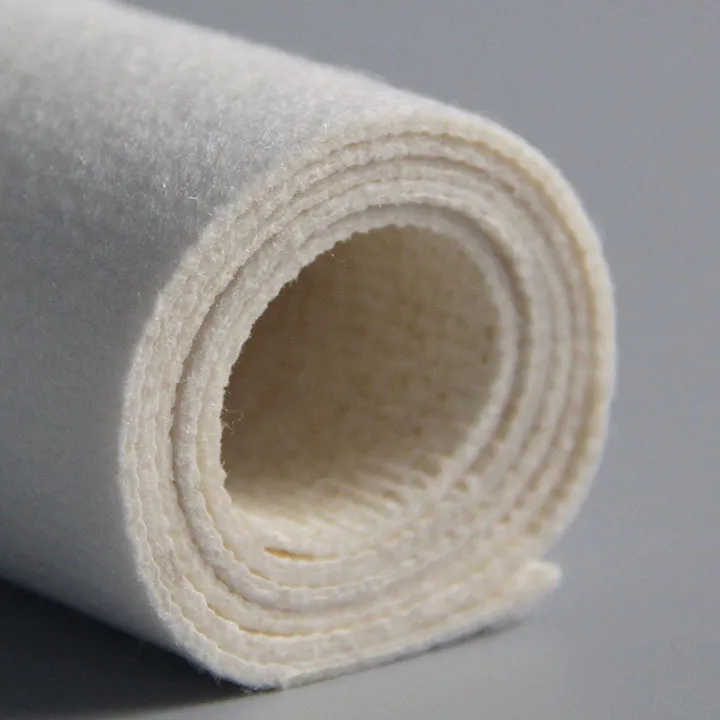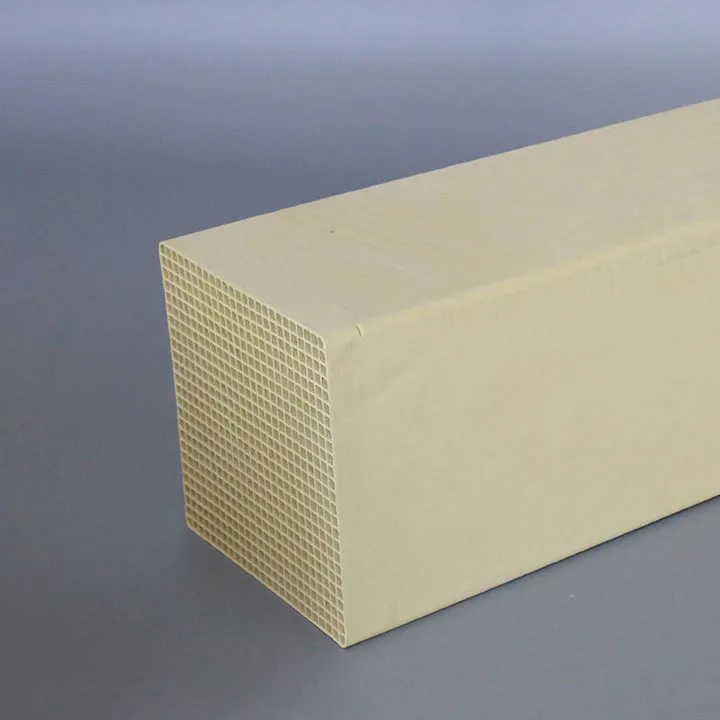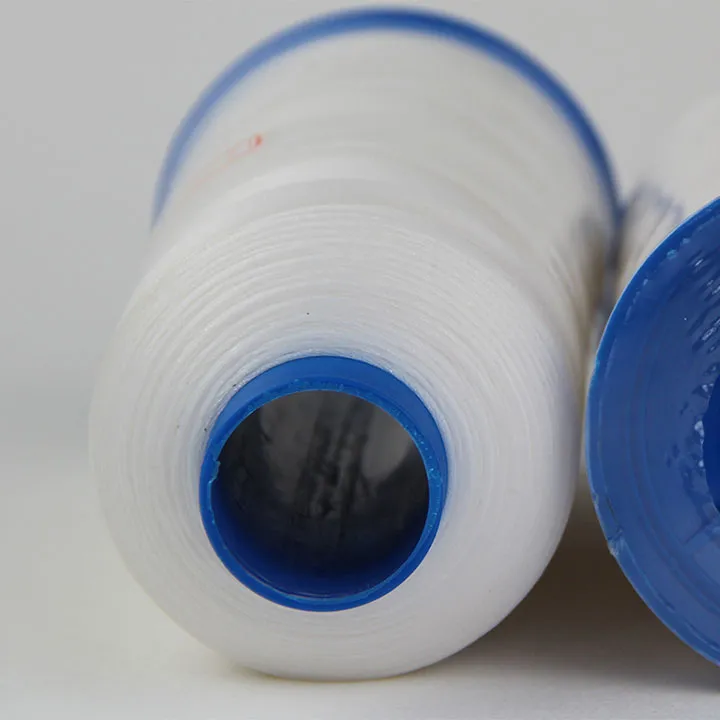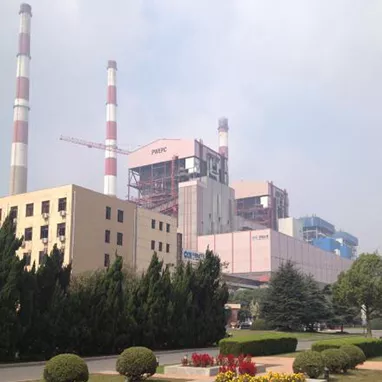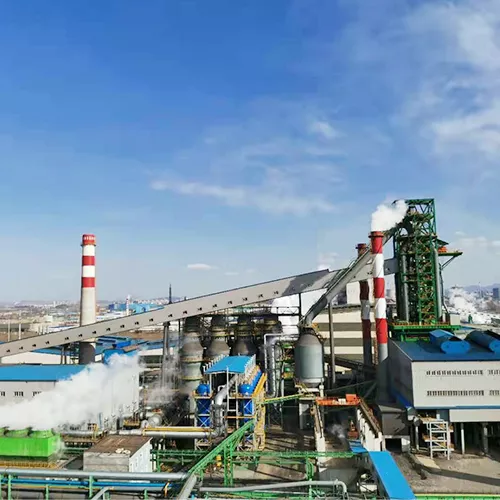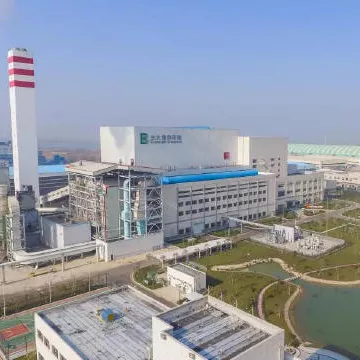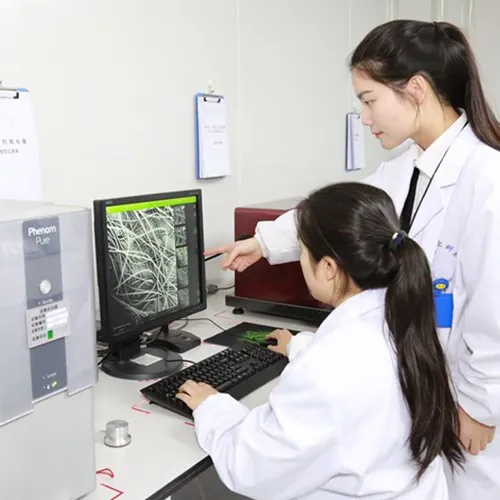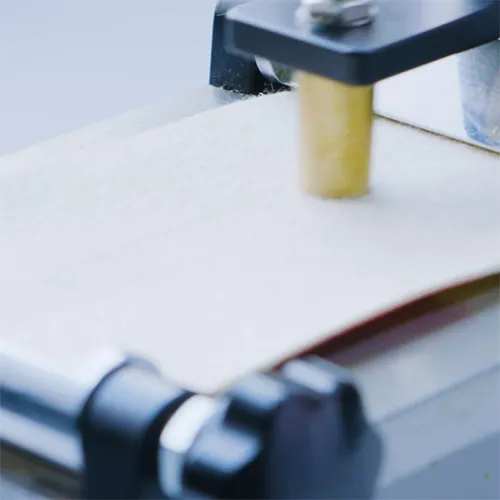How does the dust bag device achieve efficient dust collection?
The dust bag device is a dust removal equipment widely used in industrial production. Its core function is to achieve efficient capture and separation of dust in the air through filtering means, thereby reducing air pollution, protecting the health of workers, and improving the quality of the production environment. With its efficient filtering performance, flexible adaptability and long service life, the dust bag device has become the preferred equipment for many companies in environmental protection and production optimization.
Structure and working principle of dust bag device
The dust bag device is mainly composed of filter bags, frames, cleaning mechanisms, ash hoppers and control systems. These components perform their respective duties and together constitute an efficient dust removal system.
1. The core role of dust filter bags
The dust filter bag is the core component of the dust bag device, which is usually made of high temperature and corrosion resistant fiber materials, such as polytetrafluoroethylene (PTFE), polyimide (P84), glass fiber, etc. These materials have a tiny pore structure and can effectively intercept dust particles in the air. When dust-laden gas enters the dust removal device, the first thing it contacts is the filter bag. The gas passes through the filter bag, and the dust particles are intercepted on the outer surface of the filter bag. The filtered clean gas passes through the filter bag into the upper chamber of the equipment and is finally discharged into the atmosphere through the exhaust port.
The filtering effect of the dust filter bag directly determines the efficiency and performance of the dust removal device. In order to ensure that the filter bag can maintain an efficient filtering effect for a long time, it is crucial to select the appropriate filter bag material. Different industrial environments require different types of filter bags. For example, high-temperature resistant filter bag materials or flame-retardant filter bags are required in high-temperature environments, while in environments containing corrosive gases such as acids and alkalis, filter bag materials with strong corrosion resistance need to be selected.

2. Formation of dust layer and auxiliary filtering effect
The dust particles accumulated on the surface of the filter bag will not be removed immediately, but form a dust layer, which plays a very important auxiliary role in the filtering process. As the filtering process proceeds, the dust layer gradually thickens, which will not only not hinder the flow of gas, but can further improve the filtering effect. The dust particles in the newly entered dust-laden gas will be captured by the previously deposited dust layer, thus achieving a finer filtration. It can be said that the dust layer enhances the filtering capacity of the dust bag device to a certain extent, enabling it to capture finer dust particles.
However, the gradual thickening of the dust layer will also lead to an increase in airflow resistance, affecting the gas circulation efficiency. Therefore, the dust bag device needs to regularly remove the dust layer on the surface of the filter bag to maintain its filtering performance and smooth airflow.
The role and implementation of the dust cleaning mechanism
In order for the dust bag device to operate continuously and efficiently, the dust cleaning mechanism plays a very important role in the device. The main task of the dust cleaning mechanism is to remove the dust layer accumulated on the surface of the filter bag regularly or according to the set pressure difference, thereby restoring the filtering capacity of the filter bag and reducing the airflow resistance. This process is to ensure that the dust removal device can operate continuously and efficiently.
1. Mechanical vibration
Mechanical vibration is a commonly used cleaning method in dust bag devices. By mechanically vibrating the filter bag, the dust particles attached to the surface of the filter bag are vibrated off. The vibration method usually includes top vibration and middle vibration. Top vibration uses a mechanical device on the top to vibrate the filter bag, which is suitable for shorter filter bags, while middle vibration sets a vibration mechanism in the middle of the filter bag, which is suitable for longer filter bags.
The advantages of mechanical vibration are simple structure and convenient operation, which are suitable for most industrial dust removal scenarios. However, when dealing with more adherent dust, the effect of mechanical vibration may not be as efficient as other cleaning methods.

2. Airflow backwashing
Airflow backwashing is another common cleaning method, especially suitable for more complex and demanding industrial environments. Its principle is to blow off the dust layer on the surface of the filter bag through the impact of reverse airflow in a short period of time. Airflow backwashing is usually operated through a blowpipe or blow nozzle set above the filter bag. When cleaning is required, the system will release high-pressure air instantly through the control valve, so that the airflow passes through the filter bag in the opposite direction, peeling off the dust layer and blowing it off.
Airflow backwashing is suitable for dealing with relatively fine and highly adherent dust, especially in occasions requiring higher filtration efficiency and filter bag life. The dust removal effect of airflow backwashing is significant, but it also requires a more complex control system and higher operating costs.
3. Pulse jetting
Pulse jetting is the most widely used cleaning method in current dust bag devices, especially in industrial scenarios that require efficient dust removal. Pulse jetting forms a strong shock wave through the instantaneous release of high-pressure gas, which quickly peels off the dust layer on the surface of the filter bag. This cleaning method can not only completely remove dust, but also effectively avoid mechanical damage to the filter bag.
The pulse jetting system usually consists of a compressed air tank, a pulse valve, a jet pipe, etc. When the system detects that the resistance of the filter bag increases to the set value, the pulse valve opens, and high-pressure air instantly enters the filter bag through the jet pipe, forming a strong pulse airflow to peel off the dust layer.
The advantages of pulse jetting are that it has a significant cleaning effect, relatively low energy consumption, and less wear on the filter bag. Therefore, it has been widely used in dust removal scenarios that require efficient and continuous operation.

Conclusion
As an important industrial filter bags, the dust bag device achieves efficient capture and treatment of dust in industrial production through fine filtering mechanism, efficient dust cleaning technology and intelligent control system. The dust bag device has made significant progress in material innovation, energy saving and noise reduction, and automatic control. In the future, with the in-depth promotion of intelligent manufacturing and green production, the dust bag device will play an important role in more industries and contribute to environmental protection and sustainable development of enterprises.


